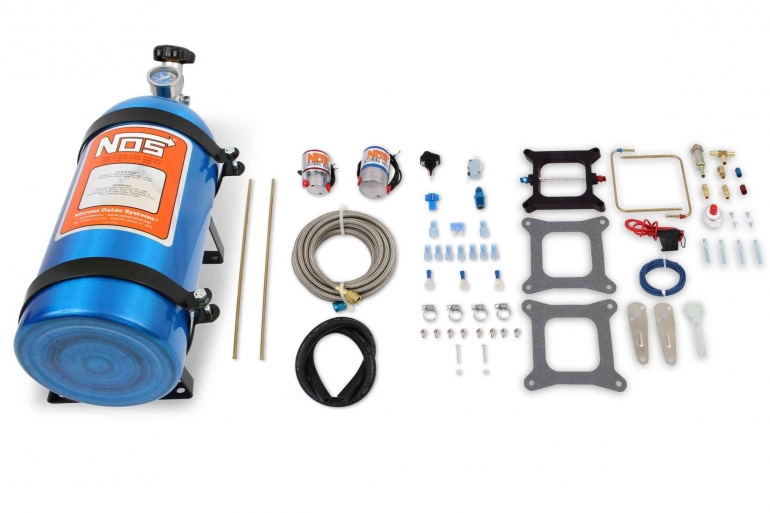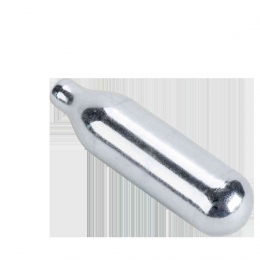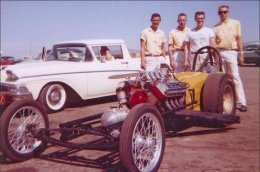
So how did the usage of nitrous oxide for machine-assisted applications become more common? During World War 2, Germany was the first nation to use nitrous oxide in a military aircraft. They took advantage of this to their advantage and accelerated their fighting speed. Because of their faster speed, they should be able to bomb without worrying about opponent interceptions, giving them an advantage in close-quarters aerial warfare. However, it proved challenging to put this theory into practice at greater altitudes in order to enhance aircraft performance. The air around the plane will get thinner as it rises. Less oxygen is present in this less dense air, which is necessary for the engine to burn the fuel in the combustion chamber effectively.
Although oxygen is actually required for engine combustion, this does not imply that pure oxygen may be employed to boost engine speed. Barney Navarro, a pioneer, provided evidence for this. Because of the intense oxygen concentration in the fuel mixture, which made it extremely reactive, the experiment ended in an explosion.
Dick Flynn, a racer, found out about Navarro's tests following this. Among other things, Flynn found that nitrous oxide improved the engine's oxygen content while introducing a much safer way to do it. Nitrous oxide is inert at ordinary temperatures, but the heat and high pressure inside the combustion chamber cause these bonds to dissolve and release oxygen. In comparison to air alone, this fills the cylinder with more oxygen. That is to say, it fills the cylinder with a high concentration of oxygen without igniting bothersome spontaneous explosions. The machine operated flawlessly once Flynn applied it. This moment led a racer named Gary Harms, who was Flynn's partner, to win a trophy at the drag racing event in 1958. This is also be the first moment that nitrous oxide has been used in a drag-race event.

Nitrous Oxide Injections
After going through several stories about nitrous oxide, now you will enter the side of gas injection into the engine. Nitrous oxide has several types of injection and each injection has different characteristics and results. There are two types of nitrous oxide system designs:
- Dry systems leave the upstream intake dry of fuel because they only introduce nitrous oxide into the intake the additional fuel needed is supplied by the vehicle's existing fuel system.
- Wet systems will wet the intake area with fuel because they introduce a mixture of nitrous oxide and additional fuel upstream of the intake runners.

There are four main methods for introducing nitrous into your engine:
- Single dry fogger, NOS dry fogger systems have a single fogger nozzle, tuning jet, and nitrous line. They introduce fuel to the engine's fuel injectors, requiring the existing fuel system to increase fuel output during nitrous injection to prevent lean conditions. There are two methods to increase fuel supply: increasing fuel pressure by bleeding off nitrous pressure from the solenoid, or increasing fuel injector opening time by tricking the vehicle's electronic control module (ECU). This method is specific to each engine type and engine control design.
- Single wet fogger, NOS single wet fogger systems are a wet kit that contains both nitrous and fuel solenoids, installed on fuel-injected engines. They are positioned six to twelve inches upstream with the throttle body, delivering fuel and nitrous simultaneously. Additional fuel can be obtained by tapping into the Schrader valve or installing a second fuel cell, combining additional fuel with nitrous air for increased power.
- Direct port foggers, an NOS direct port system uses multiple foggers for each intake runner, introducing fuel and nitrous jets before each cylinder. This system increases power and accuracy but is more complicated to setup. Multiport foggers can be used on carbureted or fuel injected engines, but single plane intake manifolds are preferred for carburetor applications. A second fuel cell and pump are preferred for fuel injection.
- Wet plate systems, an NOS plate system is a plate with an integrated spray bar, accepting tuning Jets and fuel or nitrous connections. Wet kits have nitrous and fuel solenoids, delivering mixtures between intake manifold and carburetor. Additional fuel can be supplied through the vehicle's fuel system or a separate fuel cell.

How to Choose The Best System for Your Engine
Nitrous oxide can be injected into an engine as either a liquid or gas form, and its use for power generation depends on the state of the nitrous molecules. The separation of nitrous molecules in the combustion chamber allows for more fuel burning, leading to increased horsepower. Nitrous also has the advantage of vaporization, which causes a rapid drop in temperature, making the incoming air-fuel mixture denser, further increasing power.
There are two types of nitrous systems: wet and dry systems. Wet systems add additional fuel with a separate pump through the same plate or nozzle, activated by a switch controlled by the driver or set up on a throttle linkage. The amount of fuel added is determined by the jet size installed in the plate or nozzle, which can be swapped out for a different sized orifice to achieve the desired air-fuel ratio.














